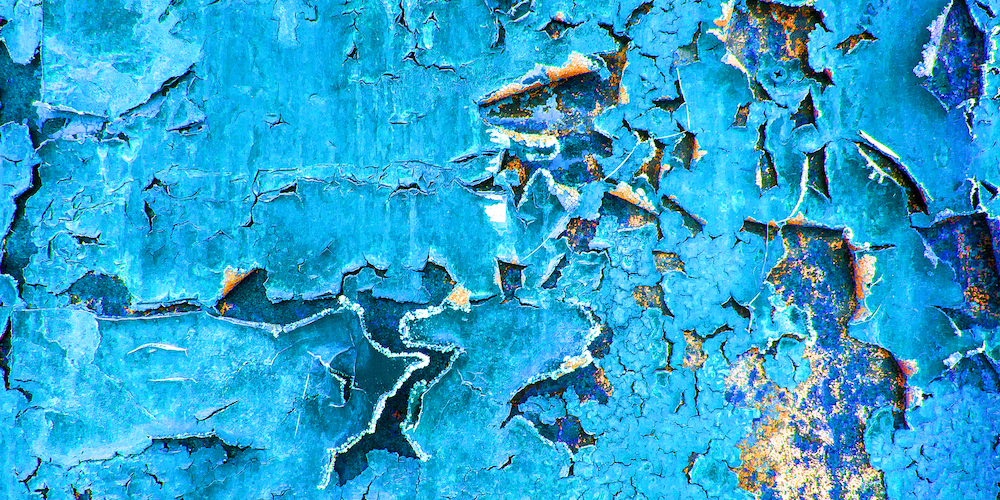Why do surface materials break down?

2023-04 Polymer degradation usually manifests itself through a loss of properties, change in shape or form, crack formation and discoloration (e.g. loss of gloss, greyish-white surface). According to the mode of initiation, degradation of a surface, paint or coating can be caused by thermal, chemical, mechanical, biological or electromagnetic (radiation) exposure. Often more than one type of degradation can be pertinent.
Thermal degradation
Deterioration caused by thermal exposure occurs when a polymer is exposed to an elevated temperature. Thermal degradation exhibits depolymerization, random chain scissions and unzipping of substituent groups of the original polymer. In plastic materials based on polyolefins, random scission can occur because of their simple carbon chain backbone.
Chemical degradation
Deterioration caused by chemical exposure refers to a process induced under the influence of chemicals in contact with the polymer, in particular oxygen. Oxidative degradation is a very common type of chemical degradation in polymers occurring at elevated temperatures, often referred to as thermo-chemical or thermo-oxidative degradation.
Mechanical degradation
Deterioration induced by the application of mechanical stresses, like shear stresses, elongational stresses or a combination of the two, refers to molecular scission. According to a review of mechanically induced reactions in polymers, these degradations can occur in solid and in molten states.
Radiation exposure
So-called photo-degradation caused by radiation occurs through exposure to high-energy ultraviolet (UV) light and can be described as a photo-chemical process. Photo-oxidation is initiated by light energy (photolysis) and a chemical interaction with oxygen resulting in the production of free radicals. Once initiated through the formation of free radicals, various propagation, branching and fragmentation reactions eventually attack the polyethylene polymer backbone. Further fragmentation and formation of additional radicals lead to a deterioration of the polymer backbone before the reactions eventually terminate.
How to protect polymeric materials and surfaces?
Stabilization of polymers is essential to preserve properties and characteristics of the material particularly if these are intended for outdoor use. In order to protect the polymer during the manufacturing process, certain process stabilizers (PS) need to be present in the polymer.
In order to protect the polymer against UV initiated photo-oxidative and thermo-oxidative degradation, typically, three stabilisation methods have been adopted and combined to protect the polymeric materials:
- Competitive UV absorption by UV absorbers (UVA);
- Trapping of radicals by radical scavengers, such as hindered amine light stabilisers (HALS);
- Inhibition of thermo-oxidative degradation through antioxidant (AO) stabilisers.
Additional information
If you have questions in relation to a surface defect or require additional information, please contact chemneera.
References: Image Source Shutterstock



